-
 bitcoin
bitcoin $114684.631706 USD
-0.87% -
 ethereum
ethereum $4228.677447 USD
1.58% -
 bnb
bnb $1294.880693 USD
-1.16% -
 tether
tether $1.000819 USD
-0.02% -
 xrp
xrp $2.605138 USD
2.79% -
 solana
solana $209.908690 USD
5.89% -
 usd-coin
usd-coin $0.999903 USD
-0.03% -
 dogecoin
dogecoin $0.213423 USD
2.93% -
 tron
tron $0.322721 USD
-0.10% -
 cardano
cardano $0.727247 USD
3.66% -
 hyperliquid
hyperliquid $42.339456 USD
6.05% -
 chainlink
chainlink $19.910811 USD
5.16% -
 ethena-usde
ethena-usde $1.000557 USD
0.00% -
 stellar
stellar $0.349734 USD
2.69% -
 bitcoin-cash
bitcoin-cash $543.848687 USD
-0.21%
Where can I check the risk reserve for XRP contracts?
The XRP Ledger uses base and owner reserves—10 XRP minimum and per-object costs—to prevent spam and ensure network stability, not as a centralized risk pool.
Sep 25, 2025 at 11:54 am
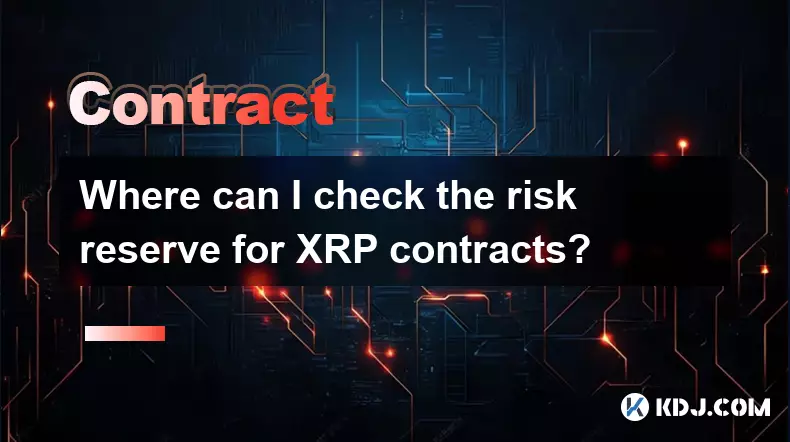
Risk Reserve in XRP Contracts: Understanding the Basics
1. The concept of a risk reserve in XRP contracts is often misunderstood due to the unique structure of the XRP Ledger. Unlike traditional financial instruments, XRP does not operate under centralized custodial agreements that maintain publicly disclosed risk reserves. Instead, the ledger enforces technical safeguards such as the base reserve and owner reserve to prevent network spam and ensure stability.
2. The base reserve refers to the minimum amount of XRP required to create and maintain a wallet address on the XRP Ledger. This mechanism prevents malicious actors from flooding the network with inactive accounts. As of current parameters, this value is set at 10 XRP, though it may be adjusted through consensus amendments proposed by validators.
3. The owner reserve applies to each object an account holds on the ledger, such as trust lines or offers. Each additional object increases the reserve requirement, ensuring users have skin in the game when utilizing network resources. These reserves are not pooled funds but rather locked balances within individual wallets.
4. When engaging with XRP-based smart contracts or decentralized applications built atop the XRPL, developers must account for these reserve requirements in their code logic. Failure to do so can result in failed transactions or unexpected liquidity lockups for end users.
Where to Monitor XRP Contract Safeguards
1. The official XRP Ledger Explorer (xrpscan.com) provides real-time visibility into account reserves, transaction costs, and ledger state. Users can inspect any wallet’s balance, including how much is tied up in reserve versus available for transfer.
2. Developers working with XRP contracts should consult the XRPL.org documentation, which details all technical specifications related to reserves, fee structures, and operational constraints. This includes updates on proposed changes to reserve levels via amendment processes.
3. Validator lists published on tools like Bithomp or XRP Charts offer insights into network health and governance. While not directly showing reserve pools, they help assess the decentralization and reliability of the consensus mechanism that upholds reserve rules.
4. Decentralized exchanges operating on the XRPL, such as those accessible through XRPL DEX aggregators, display margin requirements and collateralization ratios where applicable. These function similarly to risk reserves in derivative-like positions involving issued currencies or IOUs.
Third-Party Platforms and Risk Assessment Tools
1. Analytics platforms like CoinGecko and CoinMarketCap track XRP supply metrics, including circulating supply minus estimated reserve-locked amounts. While not contract-specific, this data helps gauge overall liquidity availability across the ecosystem.
2. On-chain analysis firms such as CryptoQuant and Glassnode occasionally publish reports breaking down dormant balances that may include long-term reserve holdings. These datasets reveal behavioral trends among large stakeholders who maintain significant reserve-backed addresses.
3. Security auditors specializing in blockchain protocols, including firms like Halborn and Certik, sometimes evaluate XRP-based projects for proper handling of reserve mechanics. Their audit reports highlight whether applications correctly manage minimum balance requirements and user fund accessibility.
4. Community-driven forums like Reddit’s r/Ripple and developer channels on Discord frequently discuss observed anomalies in reserve calculations following software upgrades or network load spikes. User-reported cases contribute to collective understanding of edge cases.
Frequently Asked Questions
What happens if my XRP wallet falls below the reserve requirement? If an account's balance drops below the total required reserve, it becomes unable to create new objects on the ledger. However, basic transactions may still proceed if sufficient funds remain after fees. Complete depletion prevents any further activity until additional XRP is deposited.
Can the XRP reserve be used to cover losses in smart contract failures? No. The reserve system serves only as a network integrity measure. It does not act as insurance or compensation pool. Any financial loss due to faulty contract logic or execution errors is borne entirely by the involved parties.
Are there different reserve rules for issuing tokens on the XRP Ledger? Yes. Issuers must meet higher reserve thresholds based on the number of trust lines and offers they maintain. Creating a new token (issued currency) requires establishing multiple ledger entries, each contributing to the cumulative owner reserve obligation.
How often do reserve requirements change on the XRP Ledger? Changes are rare and require broad agreement among validator operators. Proposals undergo testing on the testnet before deployment to the mainnet. Historical adjustments have occurred only during major protocol upgrades aimed at improving scalability or security.
Disclaimer:info@kdj.com
The information provided is not trading advice. kdj.com does not assume any responsibility for any investments made based on the information provided in this article. Cryptocurrencies are highly volatile and it is highly recommended that you invest with caution after thorough research!
If you believe that the content used on this website infringes your copyright, please contact us immediately (info@kdj.com) and we will delete it promptly.
- XRP Price Prediction: Weekend Rollercoaster or Rally?
- 2025-10-12 08:45:16
- Bittensor (TAO): Super Bullish Signals Point to Potential 2x Rally
- 2025-10-11 10:25:12
- Silver Price Correction: Navigating the Dip & Identifying Key SEO Keywords
- 2025-10-11 10:25:12
- Decoding Crypto Trends: Bittensor's Bull Run, Cardano's Dip, and LivLive's Presale Buzz in 'Uptober 2025'
- 2025-10-12 08:45:16
- MoonBull: The Crypto Meme Coin Promising 1000x Gains?
- 2025-10-11 10:30:01
- Crypto Payroll Revolution: Stablecoins, Altcoins, and the Future of Salary Payments
- 2025-10-11 10:30:01
Related knowledge

How to calculate the ROI for Ethereum contracts?
Oct 09,2025 at 04:36pm
Understanding Ethereum Contract ROI Basics1. Return on Investment (ROI) for Ethereum contracts begins with tracking the initial capital deployed into ...
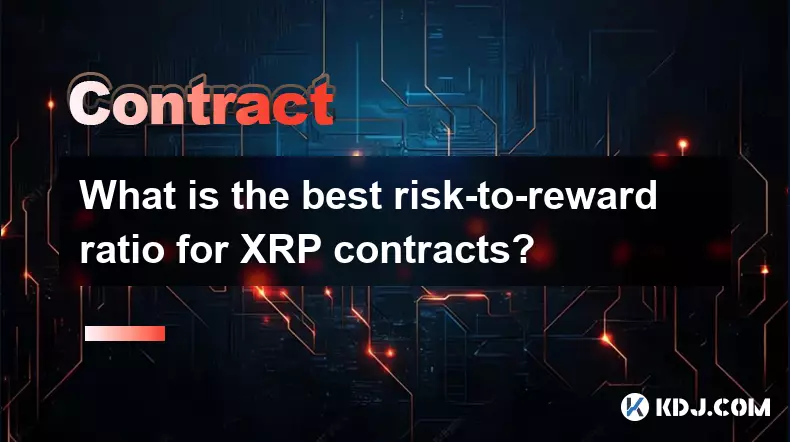
What is the best risk-to-reward ratio for XRP contracts?
Oct 11,2025 at 04:18am
Understanding Risk-to-Reward in XRP Futures Trading1. The risk-to-reward ratio is a fundamental metric used by traders to evaluate the potential profi...
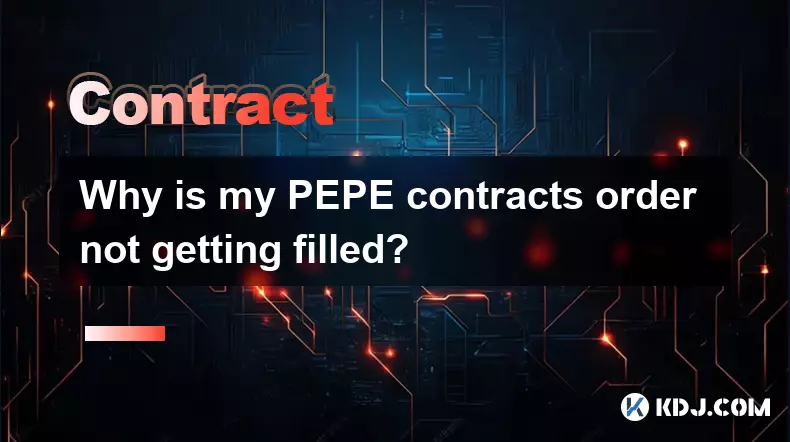
Why is my PEPE contracts order not getting filled?
Oct 12,2025 at 06:01pm
Understanding Liquidity Issues in PEPE Contracts1. Low liquidity is one of the primary reasons a PEPE contract order may not get filled. Many meme-bas...
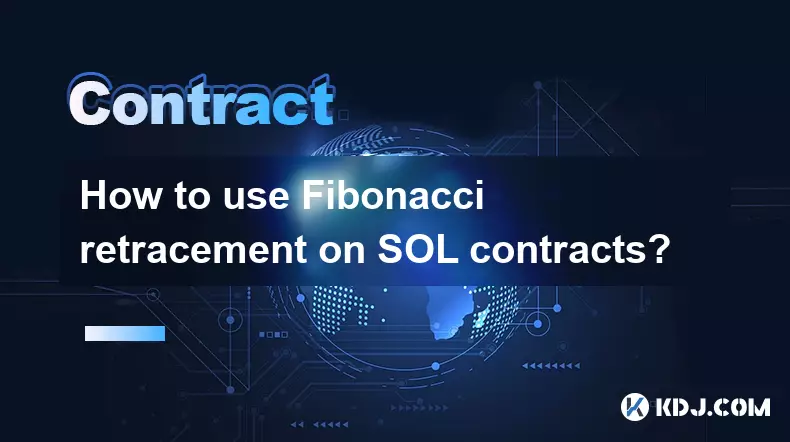
How to use Fibonacci retracement on SOL contracts?
Oct 14,2025 at 02:36pm
Fibonacci Retracement Basics in SOL Trading1. Fibonacci retracement is a technical analysis tool used to identify potential support and resistance lev...

Is it better to trade Dogecoin contracts or spot?
Oct 12,2025 at 04:54pm
Understanding Dogecoin Spot Trading Mechanics1. Spot trading involves the direct purchase and ownership of Dogecoin at the current market price. Trade...
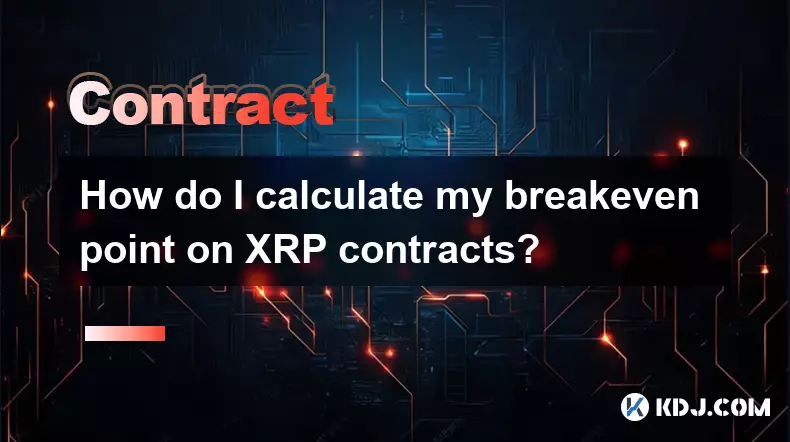
How do I calculate my breakeven point on XRP contracts?
Oct 09,2025 at 08:36pm
Understanding the Breakeven Point in XRP Futures TradingCalculating the breakeven point for XRP contracts is essential for traders who engage in futur...

How to calculate the ROI for Ethereum contracts?
Oct 09,2025 at 04:36pm
Understanding Ethereum Contract ROI Basics1. Return on Investment (ROI) for Ethereum contracts begins with tracking the initial capital deployed into ...

What is the best risk-to-reward ratio for XRP contracts?
Oct 11,2025 at 04:18am
Understanding Risk-to-Reward in XRP Futures Trading1. The risk-to-reward ratio is a fundamental metric used by traders to evaluate the potential profi...

Why is my PEPE contracts order not getting filled?
Oct 12,2025 at 06:01pm
Understanding Liquidity Issues in PEPE Contracts1. Low liquidity is one of the primary reasons a PEPE contract order may not get filled. Many meme-bas...

How to use Fibonacci retracement on SOL contracts?
Oct 14,2025 at 02:36pm
Fibonacci Retracement Basics in SOL Trading1. Fibonacci retracement is a technical analysis tool used to identify potential support and resistance lev...

Is it better to trade Dogecoin contracts or spot?
Oct 12,2025 at 04:54pm
Understanding Dogecoin Spot Trading Mechanics1. Spot trading involves the direct purchase and ownership of Dogecoin at the current market price. Trade...

How do I calculate my breakeven point on XRP contracts?
Oct 09,2025 at 08:36pm
Understanding the Breakeven Point in XRP Futures TradingCalculating the breakeven point for XRP contracts is essential for traders who engage in futur...
See all articles










































































